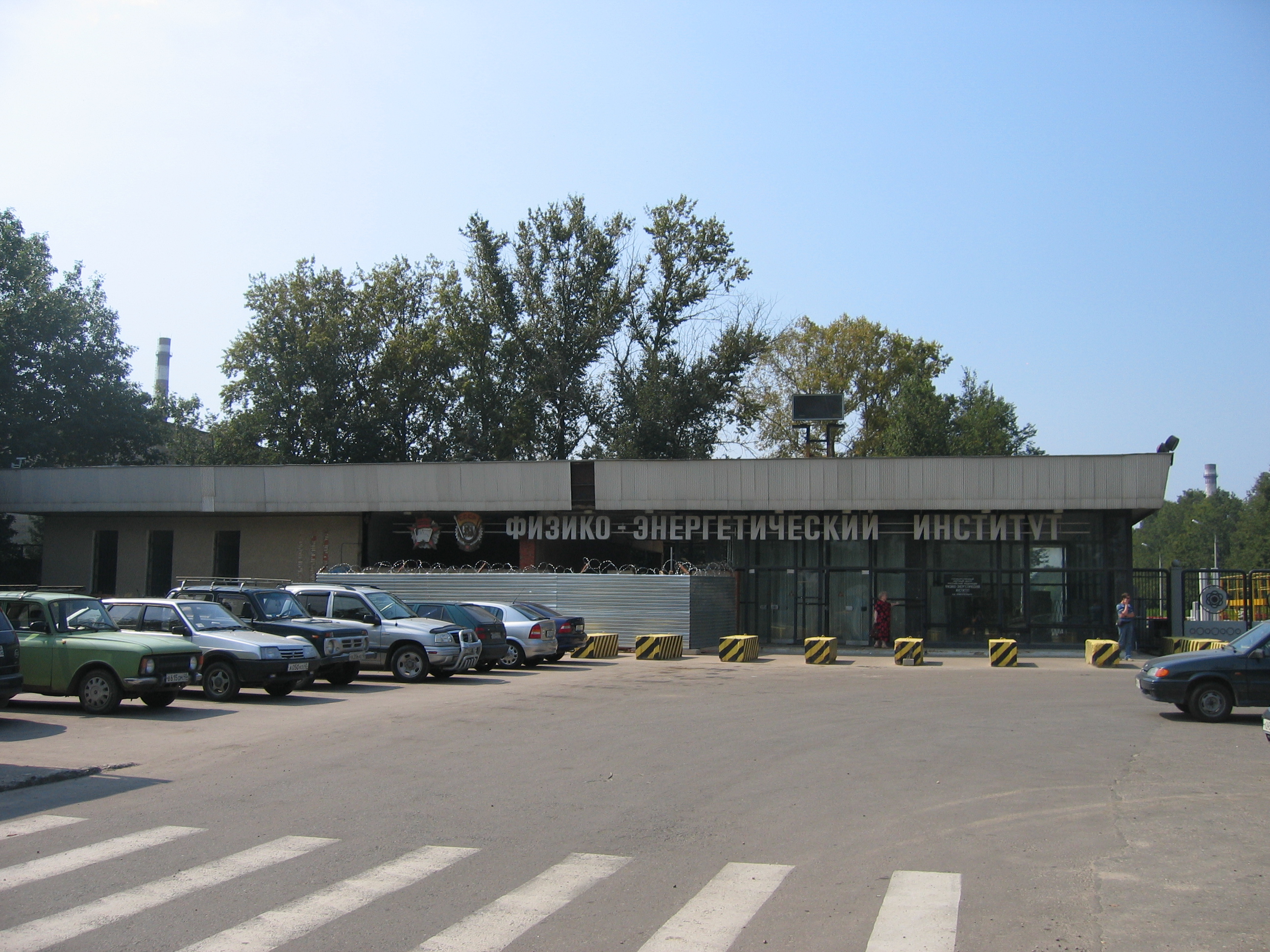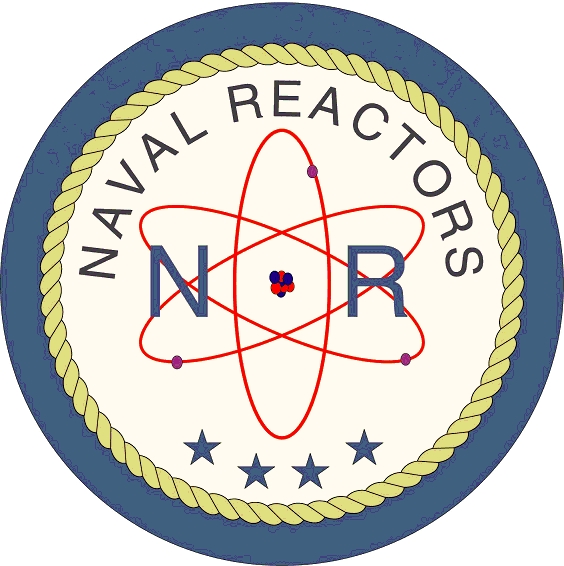|
VT-1 Reactor
The VT-1 reactor was the nuclear fission reactor used in a pair to power the as part of the Soviet Navy's Project 645 Кит-ЖМТ. It is a liquid metal cooled reactor (LMR), using highly enriched uranium-235 fuel to produce 73 MW of power. ''K-27'' was a first generation nuclear submarine, and the only one of its class fitted with liquid metal cooled reactors. However the seven-member were subsequently fitted with liquid metal cooled reactors. It was developed by OKB Gidropress in cooperation with IPPE. See also * United States Naval reactors * Naval Reactors Naval Reactors (NR), also known as the Naval Nuclear Propulsion Program, is an umbrella term for the U.S. government office that has comprehensive responsibility for the safe and reliable operation of the United States Navy's nuclear propulsion p ... Soviet naval reactors Liquid metal fast reactors {{Nuclear-energy-stub ... [...More Info...] [...Related Items...] OR: [Wikipedia] [Google] [Baidu] |
Nuclear Fission
Nuclear fission is a reaction in which the nucleus of an atom splits into two or more smaller nuclei. The fission process often produces gamma photons, and releases a very large amount of energy even by the energetic standards of radioactive decay. Nuclear fission of heavy elements was discovered on Monday 19 December 1938, by German chemist Otto Hahn and his assistant Fritz Strassmann in cooperation with Austrian-Swedish physicist Lise Meitner. Hahn understood that a "burst" of the atomic nuclei had occurred. Meitner explained it theoretically in January 1939 along with her nephew Otto Robert Frisch. Frisch named the process by analogy with biological fission of living cells. For heavy nuclides, it is an exothermic reaction which can release large amounts of energy both as electromagnetic radiation and as kinetic energy of the fragments (heating the bulk material where fission takes place). Like nuclear fusion, for fission to produce energy, the total binding energy ... [...More Info...] [...Related Items...] OR: [Wikipedia] [Google] [Baidu] |
Nuclear Reactor
A nuclear reactor is a device used to initiate and control a fission nuclear chain reaction or nuclear fusion reactions. Nuclear reactors are used at nuclear power plants for electricity generation and in nuclear marine propulsion. Heat from nuclear fission is passed to a working fluid (water or gas), which in turn runs through steam turbines. These either drive a ship's propellers or turn electrical generators' shafts. Nuclear generated steam in principle can be used for industrial process heat or for district heating. Some reactors are used to produce isotopes for medical and industrial use, or for production of weapons-grade plutonium. , the International Atomic Energy Agency reports there are 422 nuclear power reactors and 223 nuclear research reactors in operation around the world. In the early era of nuclear reactors (1940s), a reactor was known as a nuclear pile or atomic pile (so-called because the graphite moderator blocks of the first reactor were placed into a tall pi ... [...More Info...] [...Related Items...] OR: [Wikipedia] [Google] [Baidu] |
Liquid Metal Cooled Reactor
A liquid metal cooled nuclear reactor, liquid metal fast reactor or LMFR is an advanced type of nuclear reactor where the primary coolant is a liquid metal. Liquid metal cooled reactors were first adapted for nuclear submarine use and have been studied for power generation applications. Metal coolants remove heat more rapidly and allow much higher power density. This makes them attractive in situations where size and weight are at a premium, like on ships and submarines. To improve cooling with water, most reactor designs are highly pressurized to raise the boiling point, which presents safety and maintenance issues that liquid metal designs lack. Additionally, the high temperature of the liquid metal can be used to produce vapour at higher temperature than in a water cooled reactor, leading to a higher thermodynamic efficiency. This makes them attractive for improving power output in conventional nuclear power plants. Liquid metals, being electrically highly conductive, can be m ... [...More Info...] [...Related Items...] OR: [Wikipedia] [Google] [Baidu] |
Enriched Uranium
Enriched uranium is a type of uranium in which the percent composition of uranium-235 (written 235U) has been increased through the process of isotope separation. Naturally occurring uranium is composed of three major isotopes: uranium-238 (238U with 99.2739–99.2752% natural abundance), uranium-235 (235U, 0.7198–0.7202%), and uranium-234 (234U, 0.0050–0.0059%). 235U is the only nuclide existing in nature (in any appreciable amount) that is fissile with thermal neutrons. Enriched uranium is a critical component for both civil nuclear power generation and military nuclear weapons. The International Atomic Energy Agency attempts to monitor and control enriched uranium supplies and processes in its efforts to ensure nuclear power generation safety and curb nuclear weapons proliferation. There are about 2,000 tonnes of highly enriched uranium in the world, produced mostly for nuclear power, nuclear weapons, naval propulsion, and smaller quantities for research reactors ... [...More Info...] [...Related Items...] OR: [Wikipedia] [Google] [Baidu] |
Uranium-235
Uranium-235 (235U or U-235) is an isotope of uranium making up about 0.72% of natural uranium. Unlike the predominant isotope uranium-238, it is fissile, i.e., it can sustain a nuclear chain reaction. It is the only fissile isotope that exists in nature as a primordial nuclide. Uranium-235 has a half-life of 703.8 million years. It was discovered in 1935 by Arthur Jeffrey Dempster. Its fission cross section for slow thermal neutrons is about 584.3±1 barns. For fast neutrons it is on the order of 1 barn. Most but not all neutron absorptions result in fission; a minority result in neutron capture forming uranium-236. Natural decay chain :\begin \ce \begin \ce \\ \ce \end \ce \\ \ce \begin \ce \\ \ce \end \ce \end Fission properties The fission of one atom of uranium-235 releases () inside the reactor. That corresponds to 19.54 TJ/ mol, or 83.14 TJ/kg. [...More Info...] [...Related Items...] OR: [Wikipedia] [Google] [Baidu] |
Megawatt
The watt (symbol: W) is the unit of Power (physics), power or radiant flux in the International System of Units, International System of Units (SI), equal to 1 joule per second or 1 kg⋅m2⋅s−3. It is used to quantification (science), quantify the rate of Energy transformation, energy transfer. The watt is named after James Watt (1736–1819), an 18th-century Scottish people, Scottish invention, inventor, mechanical engineer, and chemist who improved the Newcomen steam engine, Newcomen engine with his own Watt steam engine, steam engine in 1776. Watt's invention was fundamental for the Industrial Revolution. Overview When an object's velocity is held constant at one metre per second against a constant opposing force of one Newton (unit), newton, the rate at which Work (physics), work is done is one watt. : \mathrm In terms of electromagnetism, one watt is the rate at which electrical work is performed when a current of one ampere (A) flows across an electrical potentia ... [...More Info...] [...Related Items...] OR: [Wikipedia] [Google] [Baidu] |
OKB Gidropress
OKB Gidropress (russian: ОКБ Гидропресс) is a Russian state construction office which works on the design, analysis, development, and production of nuclear power plant reactors, most notably the VVER range. OKB stands for experimental design bureau (опытно-конструкторское бюро, opytno-konstruktorskoe bjuro). History The company was established by the decree of Council of People's Commissars of the USSR on January 28, 1946 by the order of the People’s Commissar of the USSR heavy engineering on February 1, 1946. Reactors A list of some reactors under her flagship or participation: #VVER and its variants # VKT-12SVBR-10 # |
IPPE
Institute of Physics and Power Engineering (full name: I.I. Leypunsky Institute of Physics and Power Engineering, russian: Государственный научный центр Российской Федерации Физико-энергетический институт, ГНЦ РФ-ФЭИ; IPPE) is a research and development institute in the field of nuclear technology located in Obninsk, Russia. It is a subsidiary of Rosatom. History IPPE was established in May 1946 to develop nuclear power technology; it was preceded by First Research Institute Laboratory "V", established 1945, which developed into IPPE. The purpose of the Institute was the development of nuclear reactors and to solve scientific and engineering tasks in the field of nuclear power. The staff of the Institute had built the world's first nuclear power plant in Obninsk, AM-1 ("Атом Мирный", Russian for Atom Mirny, or "peaceful atom"), was commissioned at IPPE on 27 June 1954. Developments During i ... [...More Info...] [...Related Items...] OR: [Wikipedia] [Google] [Baidu] |
United States Naval Reactors
United States naval reactors are nuclear reactors used by the United States Navy aboard certain ships to generate the steam used to produce power for propulsion, electric power, catapulting airplanes in aircraft carriers, and a few more minor uses. Such naval nuclear reactors have a complete power plant associated with them. All U.S. Navy submarines and supercarriers built since 1975 are nuclear-powered by such reactors. There are no commissioned conventional (non-nuclear) submarines or aircraft carriers left in the U.S. Navy, since the last conventional carrier, , was decommissioned in May 2009. The U.S. Navy had nine nuclear-powered cruisers with such reactors also, but they have since been decommissioned. Reactors are designed by a variety of contractors, then developed and tested at one of several government (Department of Energy) owned and prime contractor-operated facilities: Bettis Atomic Power Laboratory in West Mifflin, Pennsylvania and its associated Naval Reactors ... [...More Info...] [...Related Items...] OR: [Wikipedia] [Google] [Baidu] |
Naval Reactors
Naval Reactors (NR), also known as the Naval Nuclear Propulsion Program, is an umbrella term for the U.S. government office that has comprehensive responsibility for the safe and reliable operation of the United States Navy's nuclear propulsion program. A single entity, it has authority and reporting responsibilities within both the United States Department of the Navy (Office of the Chief of Naval Operations, OPNAV, and the Naval Sea Systems Command, NAVSEA) and the United States Department of Energy in its National Nuclear Security Administration. Naval Reactors is headed by the director of the Naval Nuclear Propulsion Program, who is a Navy four-star admiral. The director serves for a nominal eight-year term of office, the longest standard assignment in the U.S. military. The program was originally created under Executive Orderbr>12344 by the president of the United States on February 1, 1982 The director was concurrently assigned as the deputy administrator for Naval Reacto ... [...More Info...] [...Related Items...] OR: [Wikipedia] [Google] [Baidu] |
Soviet Naval Reactors
Soviet naval reactors have been used to power both military and civilian vessels, including: * Nuclear submarines: ** Attack submarines. ** Cruise missile submarines. ** Ballistic missile submarines. * Nuclear icebreakers: ** ** s ** s * Russian floating nuclear power stations: ** * Nuclear cruisers: ** s * Merchant ship: ** * Command ship: ** ''SSV-33 Ural'' They have included both pressurized water reactors and a relatively few liquid metal fast reactors. OKBM Afrikantov has been the primary designer of naval reactors for the Soviet/Russian Navy for more than 60 years. Reactor types '**'KPM-6 is developed by OKBM Afrikantov. See also * List of commercial nuclear reactors * List of United States Naval reactors * Nuclear marine propulsion *Rolls-Royce PWR – United Kingdom's naval reactors * United States Naval reactors United States naval reactors are nuclear reactors used by the United States Navy aboard certain ships to generate the steam used to produce power ... [...More Info...] [...Related Items...] OR: [Wikipedia] [Google] [Baidu] |




